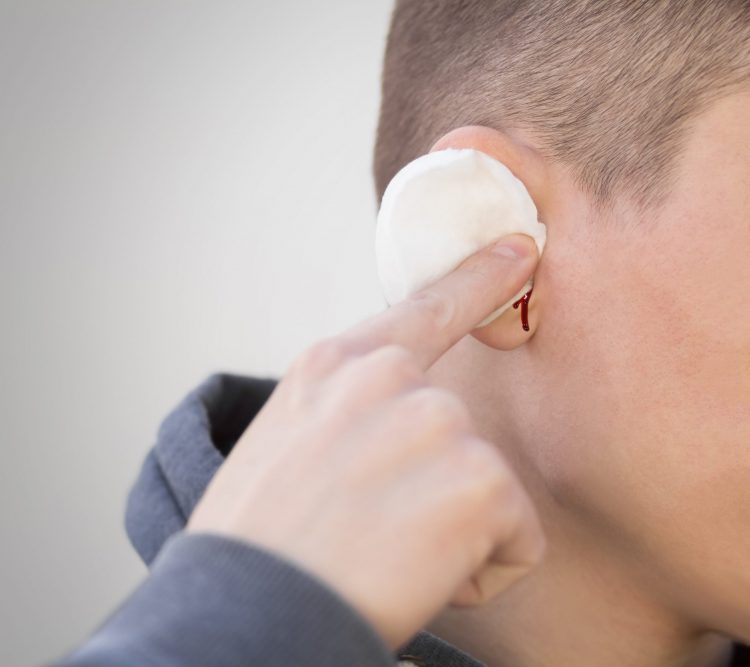
What Is a Cholesteatoma?
A cholesteatoma is a non-cancerous cyst-like skin growth. It develops in a cavity behind the eardrum that gathers epithelial debris (skin cells from the ear canal) and keratin.
It is common for this debris to become infected and produce a foul-smelling fluid that can leak into the ear canal. A growing cholesteatoma can destroy the surrounding ear structures through erosion or compression.
A cholesteatoma can be caused by tympanic membrane perforation, chronic ear infections, blockage of the Eustachian tube, trauma, or surgery in the middle ear. It can occur at any age and, in rare cases, it can be congenital.
A cholesteatoma can cause any of these symptoms:
- Hearing loss
- Tinnitus
- Foul-smelling, pus-filled ear discharge
- Pain in the ear
- Develop after surgery
If the cholesteatoma has invaded the inner ear or other surrounding structures, it can cause:
- Fever
- Headaches
- Dizziness
If you notice these symptoms, it is important to consult an ear, nose and throat specialist (ENT).
If left untreated, a cholesteatoma can cause serious complications:
- Necrosis (destruction) of the surrounding bones, a fistula in the inner ear
- Mastoiditis
- Facial paralysis
- A brain abscess
- Brain compression
- Meningitis or other infections of the central nervous system
Treatment involves surgery to completely remove the growth and rebuild any ear structures that have been damaged. A medical follow-up is necessary to ensure that the problem does not recur.
An audiological evaluation and follow-up are also required to document how the cholesteatoma or the surgery has affected the person’s hearing.
BY MÉLANIE BRIÈRE, Audiologist, Polyclinique de l’Oreille

